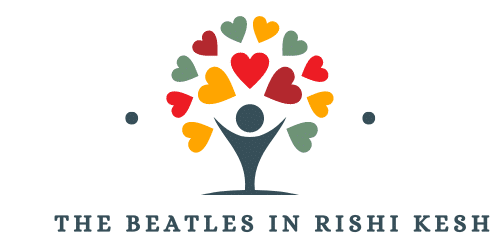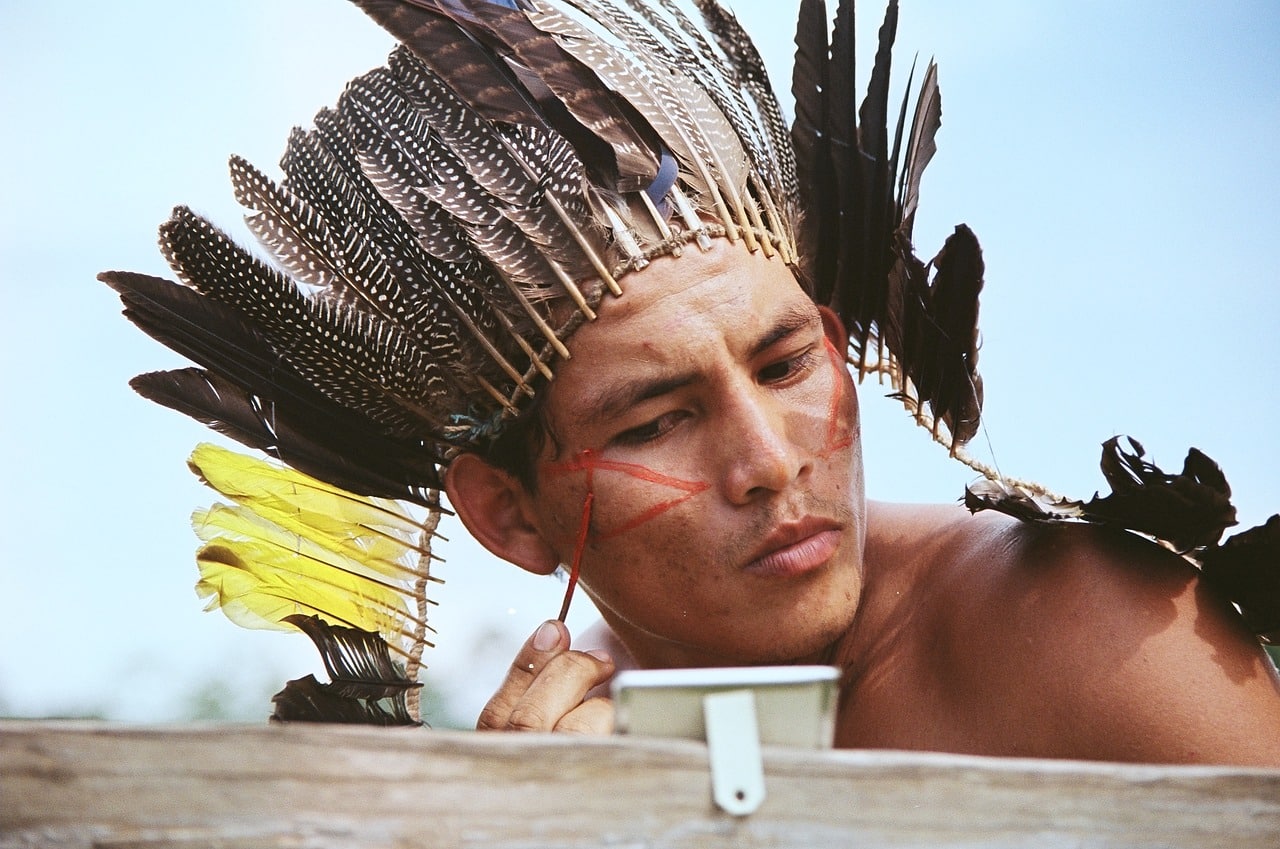We venture into an exploration on the diverse indigenous communities across the world that have, over centuries, been maintaining vibrant relationships with marine environments. These communities have embraced practices that have sustained the abundance of fish, particularly salmon, revealing the wisdom of traditional knowledge and practices in managing fisheries. Embedded in their cultural fabric, these practices embody the principles of conservation, sustainable use, and respect for marine resources. This article seeks to provide a comprehensive account of how these communities incorporate sustainable fishing and marine conservation practices, while also emphasizing their rights to these resources.
The Importance of Salmon in Indigenous Cultures
Salmon, a significant species in many marine ecosystems, holds a central place in the cultures, traditions, and economies of indigenous peoples. Not just a dietary staple, the salmon in various cultures symbolizes prosperity, renewal, and life itself. Traditional fishing methods have been imparted through generations, demonstrating a deep understanding of the salmon’s life cycles and habitat.
Dans le meme genre : Can sustainable architecture contribute to the revitalization of historic urban areas?
Using Google scholar, a wealth of literature reveals that the indigenous communities’ management of salmon fisheries involves a combination of traditional knowledge and practices, respect for the rights of the fish, and a keen sense of observation and adaptation to natural phenomena. The indigenous people have shown that their practices do not just aim for maximum yield, but rather the continuity and health of the salmon population.
The Role of Indigenous Knowledge and Practices in Fisheries Management
Indigenous knowledge and practices play a crucial role in fisheries management. Often, these practices involve complex rules and regulations, close observation of marine life behavior, and respect for the rights of fish and other marine organisms. The indigenous communities have developed systems that ensure sustainability, allowing them to manage their fisheries in a way that ensures the health and abundance of marine life.
A lire également : What is the impact of AI-generated content on copyright laws and intellectual property?
For instance, some indigenous communities have regulations that restrict fishing during spawning seasons, protecting the fish when they are most vulnerable. Others have established marine protected areas, where fishing is limited or prohibited to preserve biodiversity and ensure the health of marine ecosystems.
The use of traditional fishing gear and methods also reflects a commitment to sustainability. Indigenous fishers typically use equipment that is less destructive to the habitats and populations of fish, ensuring a balance between their needs and the health of the marine ecosystems.
The Intersection of Indigenous Rights and Marine Conservation
Indigenous communities’ rights to access and manage their traditional fishing grounds and marine resources are fundamental to their identity and survival. These rights, when recognized and protected, empower them to practice sustainable fishing and marine conservation.
A review of case studies from Google Scholar shows that when indigenous rights are respected, the health and diversity of marine ecosystems improve. This demonstrates the potential of rights-based approaches to marine conservation, which acknowledges and strengthens the role of indigenous peoples as stewards of these resources.
The Contribution of Indigenous Communities to Marine Conservation
Indigenous communities contribute significantly to marine conservation through their sustainable fishing practices and traditional knowledge. Their practices have proven effective in maintaining the health and abundance of marine resources, including the much-valued salmon.
These communities’ intimate relationship with marine ecosystems, coupled with their traditional knowledge and practices, make them valuable partners in conservation efforts. They offer unique insights and solutions, complementing scientific knowledge and introducing different perspectives on how to achieve sustainable use and conservation of marine resources.
The Future of Fisheries Management and Marine Conservation
Looking ahead, there is a growing recognition of the vital role that indigenous communities play in fisheries management and marine conservation. As the world grapples with the challenges of overfishing, climate change, and loss of biodiversity, the wisdom of traditional practices, framed within the contexts of sustainability and respect for marine life, offers promising direction.
Harnessing this wisdom necessitates the integration of indigenous knowledge and practices in policies and strategies for fisheries management and marine conservation. Furthermore, it requires the recognition and protection of indigenous rights, acknowledging their historical and ongoing stewardship role. As we move forward, these indigenous strategies could possibly provide the blueprint for sustainable and equitable use of our marine resources.
Indigenous Fishing Practices and Their Impact on Marine Biodiversity
The fishing practices of many indigenous communities are deeply rooted in indigenous knowledge and respect for marine life. A prominent example of this is the reef net fishing method employed by indigenous peoples of British Columbia, Canada. The reef net, an innovative indigenous technology, was designed to harvest salmon sustainably, ensuring that the salmon population remained healthy and abundant.
This unique fishing gear, as documented in various studies accessible through Google Scholar, allows fishers to catch salmon without causing harm, ensuring their ability to reproduce. The design of the net also permits the selective release of non-target species, minimizing bycatch, a major threat to marine biodiversity. In this way, the reef net embodies the indigenous principle of respect for all life forms.
Moreover, the indigenous people of British Columbia also employ fish traps, another sustainable fishing method that helps preserve the salmon population. These traps, which are temporary and easily removable, do not destroy the marine habitat, unlike some modern fishing techniques.
Such fishing practices, steeped in indigenous wisdom, demonstrate how indigenous communities contribute to marine conservation. They present viable conservation strategies that maintain marine biodiversity while allowing for sustainable use of resources.
Conclusion: Upholding Indigenous Wisdom for Sustainable Marine Resource Management
The indigenous peoples’ approach to fishing and marine conservation, as revealed in this article, stands as an embodiment of sustainability and respect for marine life. Their practices, deeply entrenched in indigenous knowledge, have proven effective in managing salmon fisheries and conserving marine biodiversity. These practices have stood the test of time, successfully ensuring the health and abundance of marine resources.
The survival and continuity of such practices, however, depend heavily on the recognition and protection of indigenous rights. As stewards of their traditional marine territories, indigenous communities must be empowered in the decision-making processes that affect their resources.
In light of the threats posed by climate change and overfishing, the insights offered by indigenous communities are invaluable. Upholding their wisdom, rights, and practices in marine conservation strategies and resource management systems could provide the path towards a sustainable and equitable use of our marine resources.
As we look towards the future, it is essential to integrate the traditional practices of indigenous communities in our global efforts to combat the impending marine crisis. Their sustainable fishing methods, coupled with their holistic respect for marine life, offer promising solutions for the challenges we face. We must learn from the past to navigate the future, acknowledging the importance of indigenous wisdom in ensuring the continuity and prosperity of marine life.
















